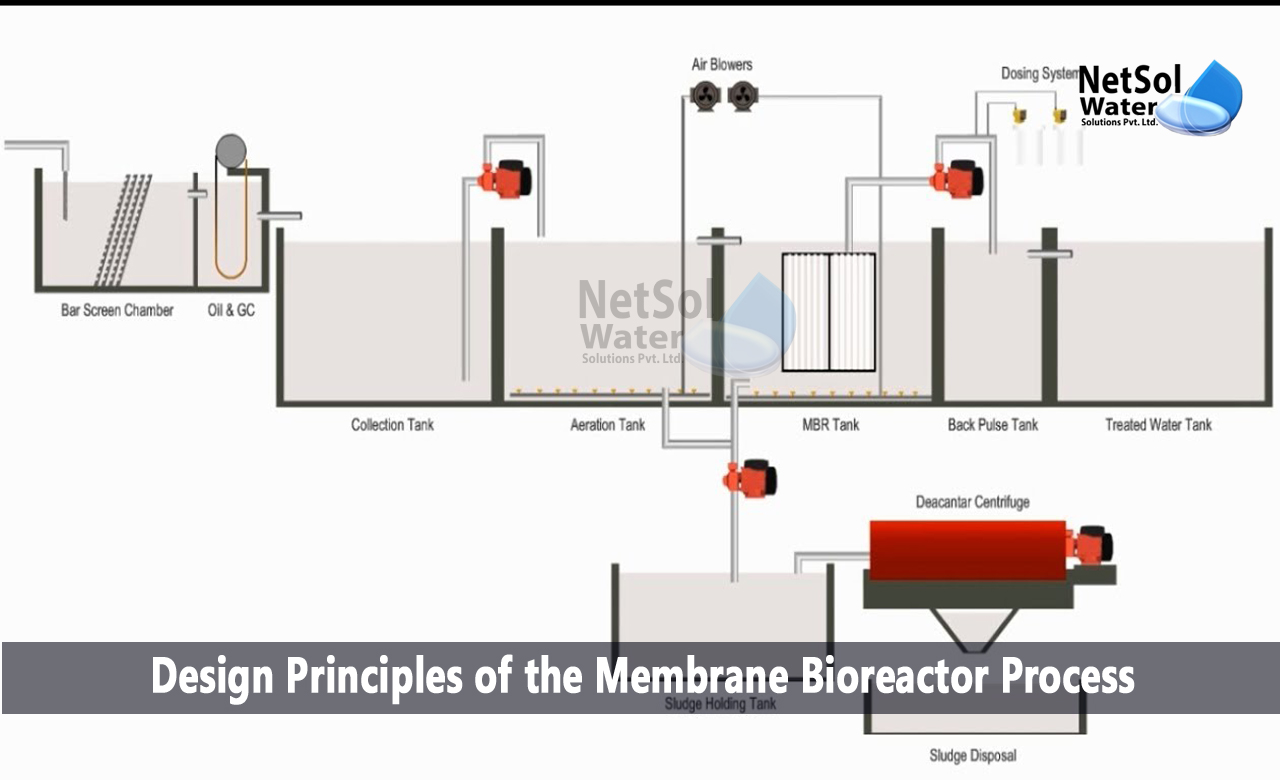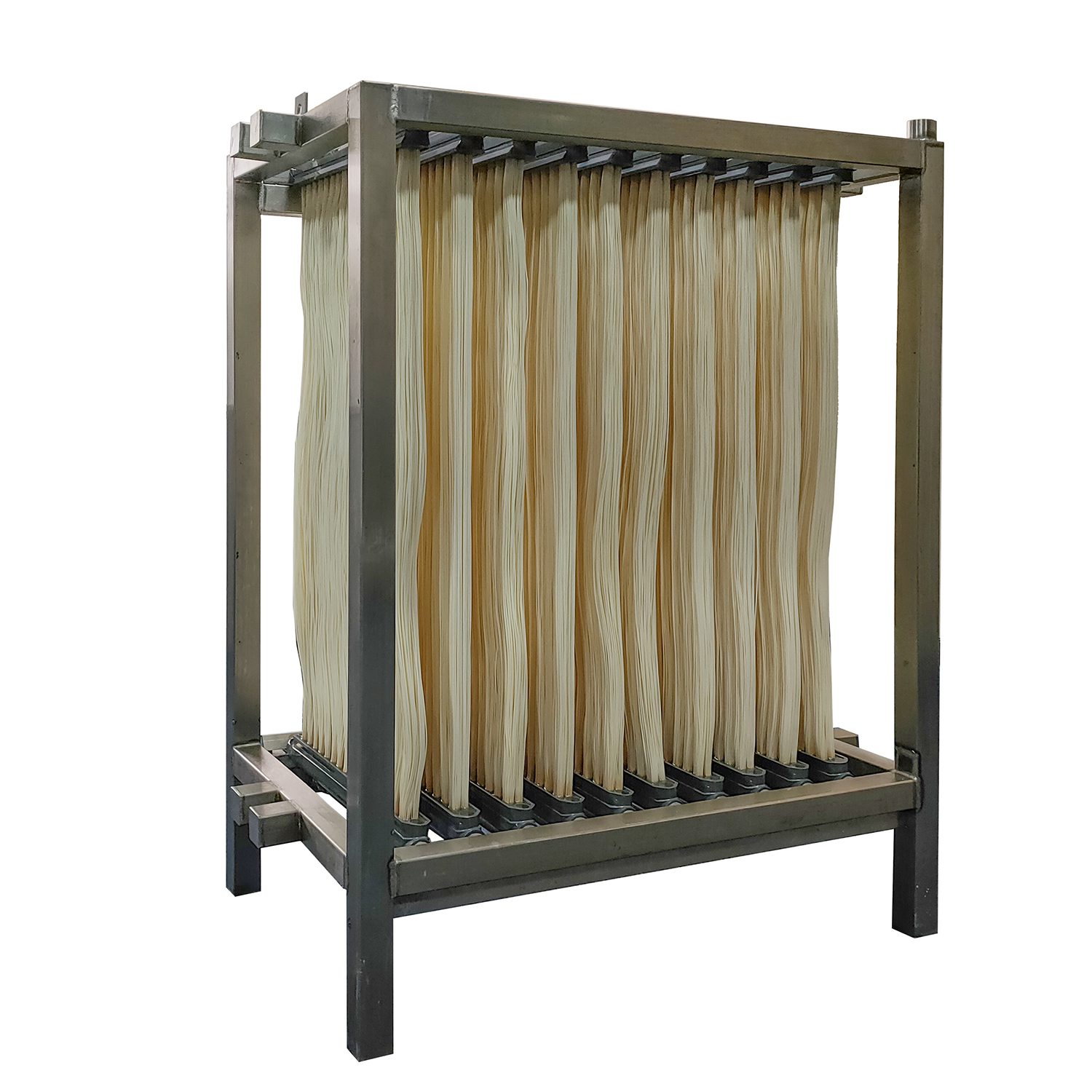How Membrane Bioreactor Can Improve the Quality of Wastewater Treatment
How Membrane Bioreactor Can Improve the Quality of Wastewater Treatment
Blog Article
The Benefits of Membrane Bioreactors in Sustainable Wastewater Management
Membrane bioreactors (MBRs) represent a pivotal improvement in lasting wastewater monitoring, successfully combining organic therapy with innovative membrane purification technology. This integration not only enhances effluent top quality by efficiently removing impurities yet additionally opens methods for water reuse in different applications, therefore attending to the pushing requirement for source preservation. Furthermore, the small layout of MBRs adds to significant reductions in environmental impact and functional prices. As the need for lasting remedies intensifies, exploring the complex advantages of MBRs might expose unexpected effects for the future of wastewater treatment systems.
Introduction of Membrane Layer Bioreactors
Membrane bioreactors (MBRs) stand for a considerable advancement in wastewater therapy technology, integrating organic degradation with membrane layer filtration to improve the efficiency of the treatment procedure. This innovative system incorporates the benefits of traditional turned on sludge processes with membrane technology, permitting improved solid-liquid separation. MBRs make use of semi-permeable membrane layers to separate treated water from biomass, leading to top quality effluent that can be recycled or securely discharged into the atmosphere.
The functional design of MBRs normally involves a bioreactor where microorganisms break down natural matter, complied with by a membrane layer unit that filters the combined liquor. This configuration not just lessens the impact of the treatment center but likewise enables greater biomass focus and minimized hydraulic retention times. MBRs are qualified of treating a bigger array of contaminants, including nutrients and pathogens, making them appropriate for different applications, from local wastewater therapy to industrial effluent handling.
The combination of MBRs right into wastewater management systems is indicative of a growing fad in the direction of effective and sustainable methods in ecological design. Their ability to create premium effluent while decreasing space requirements placements MBR innovation as a principal in modern-day wastewater treatment solutions.
Improved Effluent Quality

The membrane layer filtering process works as a physical obstacle, allowing the retention of microbes and particle matter, which contributes to a clearer and cleaner effluent (Membrane Bioreactor). MBRs operate at greater biomass concentrations than standard activated sludge systems, advertising much more reliable biodegradation of toxins. This results in a decrease in biochemical oxygen demand (FIGURE) and total put on hold solids (TSS) levels in the final effluent
Additionally, MBRs show excellent efficiency in dealing with difficult wastewater make-ups, such as industrial effluents and wastewater with high nutrient lots. Consequently, the effluent generated is typically of greater high quality, enabling more versatile disposal alternatives and decreased environmental impact. Eventually, the boosted effluent quality accomplished with MBR technology highlights its critical function beforehand description sustainable wastewater management methods.
Water Reuse Opportunities
The high-quality effluent created by membrane layer bioreactors (MBRs) opens substantial opportunities for water reuse in numerous applications. MBRs successfully eliminate impurities, including virus, suspended solids, and raw material, leading to treated water that fulfills or exceeds regulatory standards for reuse. This high quality permits the application of water reusing campaigns throughout varied sectors.
One noticeable application is in agriculture, where treated wastewater can be used for irrigation, promoting lasting farming practices while conserving freshwater resources. Additionally, MBR-treated effluent can be made use of for industrial processes click to investigate such as air conditioning, cleansing, and as a process water source, considerably minimizing the demand for drinkable water in these procedures.
In urban atmospheres, MBRs promote making use of redeemed water for landscape irrigation, bathroom flushing, and various other non-potable uses, adding to the general resilience of water system systems. In addition, the integration of MBR innovation in decentralized systems help in managing local water demands, especially in water-scarce regions.
Decreased Ecological Influence
Exactly how can the adoption of membrane bioreactors (MBRs) add to a decreased environmental influence in wastewater administration? MBRs considerably boost the therapy effectiveness of wastewater while reducing ecological disruptions. By incorporating organic therapy processes with membrane layer filtering, MBRs effectively eliminate a variety of contaminants, including raw material, nutrients, and virus. This advanced filtration results in higher-quality effluent, which is essential for shielding aquatic ecosystems and minimizing the burden on all-natural water bodies.
Moreover, MBRs run at lower hydraulic retention times contrasted to conventional systems, leading to smaller therapy plant footprints. This small layout reduces land use, thus maintaining natural habitats and biodiversity. The procedure additionally creates less sludge than typical methods, reducing disposal difficulties and lowering greenhouse gas exhausts connected with sludge administration.
Furthermore, MBRs promote the recovery of beneficial resources, such as water and nutrients, adding to a round economic situation. By enabling water reuse for irrigation or you can try here commercial processes, MBRs aid relieve freshwater scarcity, therefore advertising lasting water use practices. Ultimately, the adoption of MBR innovation represents a substantial stride in the direction of decreasing the ecological influence of wastewater monitoring systems.
Financial Benefits of MBRs

Additionally, MBRs facilitate the manufacturing of high-quality effluent, which can be reused for numerous applications, such as agricultural irrigation and commercial procedures - Membrane Bioreactor. This reuse capacity can considerably decrease water procurement costs, providing an economic motivation for markets dealing with strict water policies
The compact design of MBR systems additionally leads to decreased land needs, which is particularly beneficial in metropolitan areas where realty is pricey. By reducing area, towns and industries can reduce land purchase and maintenance expenditures.
Furthermore, MBRs often call for much less frequent upkeep and have a longer life expectancy than traditional systems, better adding to cost savings. In summary, the economic benefits of MBRs-- ranging from lowered operational costs to land financial savings and effluent reuse-- make them a compelling selection for sustainable wastewater monitoring, supplying both prompt and long-lasting economic benefits.
Verdict
Membrane layer bioreactors represent a transformative method to lasting wastewater management, incorporating biological treatment with innovative membrane layer filtration for remarkable effluent high quality. Their capability for reliable contaminant removal assists in water reuse, therefore conserving important freshwater sources. Additionally, MBRs add to minimized ecological influences with portable layouts and reduced sludge generation. Economic benefits further enhance their feasibility, making MBRs a promising solution for dealing with the difficulties of wastewater treatment and promoting lasting source monitoring.
Membrane bioreactors (MBRs) represent a pivotal improvement in lasting wastewater administration, successfully merging biological therapy with advanced membrane purification modern technology.Membrane layer bioreactors (MBRs) represent a significant improvement in wastewater treatment technology, incorporating biological degradation with membrane layer filtering to enhance the efficiency of the therapy procedure.Achieving boosted effluent top quality is one of the most considerable advantages of making use of membrane layer bioreactors (MBRs) in wastewater treatment.In addition, MBRs demonstrate outstanding efficiency in treating challenging wastewater make-ups, such as industrial effluents and wastewater with high nutrient lots.Integrating membrane bioreactors (MBRs) right into wastewater management not just decreases ecological impact yet likewise presents considerable economic benefits.
Report this page